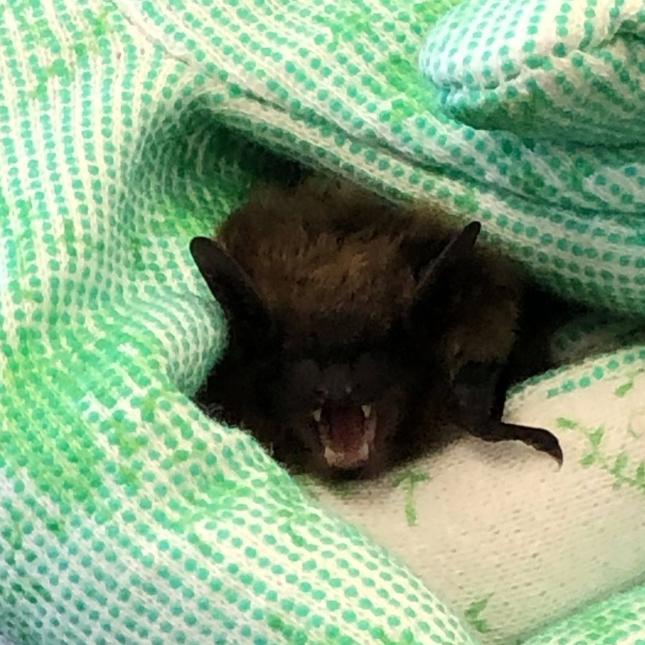Help our bats!
What can we do to help bats? Gus is thrilled to tell you!
1. Get your own bat house!
Bat houses work best when installed on either a building or free-standing pole, as tree-mounted bat houses don't get much use. Bat houses should be installed 10-15 feet above ground, and work best on an east-facing surface, as they'll get the warm morning sun and be in the shade during the hot afternoon. Remember, even though you may not see bats in the house, that doesn't mean they're not using it when you're not looking!
2. Plant a pollinator garden with bat-friendly plants!
Bats pollinate over 700 species of plants! Native plants are best, with a mix of spring, summer, and autumn-blooming plants to attract insects for as long as possible. Even when the plants die back, insects will be attracted to the leftover plant parts and call the drying stalks their home. It's best to keep leaf litter and "dead" plants around for as long as possible! The best plants will attract native moths and insects, such as Bergamot, Prairie Phlox, Coneflowers, and Asters.
3. Stay educated!
Bats are often misunderstood, targeted, and undervalued. A single bat can eat more than 1000 mosquitos in a night, and that's not counting other pests each can eat. Throughout the U.S., it is estimated that they prevent $53 billion in crop damage by eating crop pests every year. Unfortunately, most people don't realize their value and often try to eradicate them. Outdoor cats are another huge threat to bat populations, as cats are known to destroy entire colonies by waiting outside a nesting location. In addition, bats are facing the threat of White nose syndrome, a devastating fungus that has killed millions of bats across the U.S. All of these factors, combined with habitat loss, can be devastating to bat populations. Knowing about these risks to bats makes you an ally in their fight to survive!


